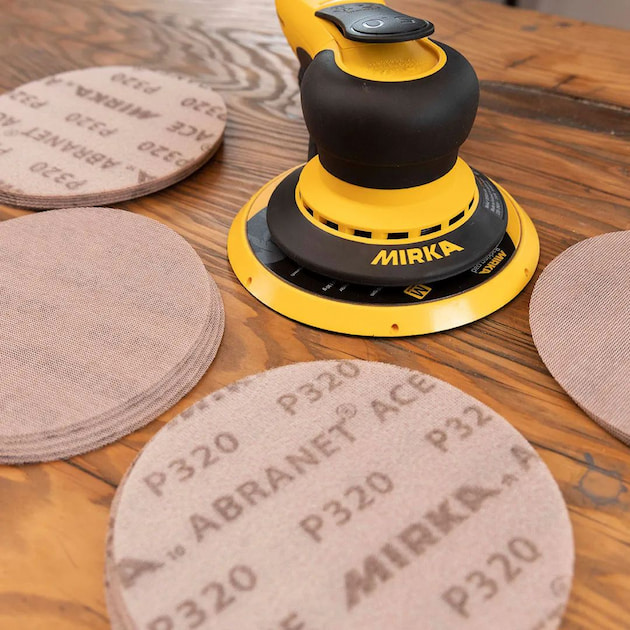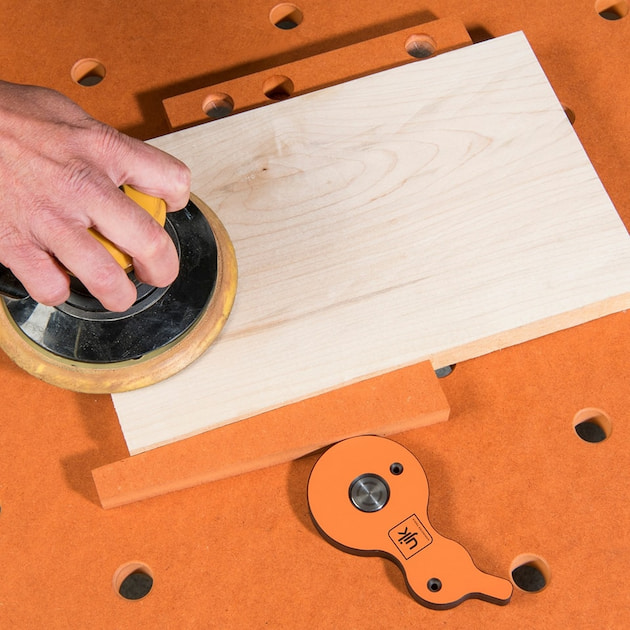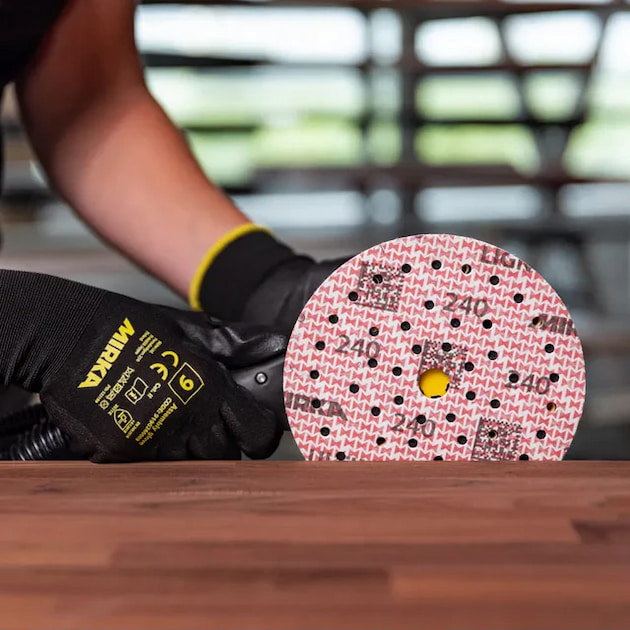A Guide to Different Types of Abrasives, Their Benefits and Uses in Woodworking
Woodworking is a much-respected profession and a popular hobby, too. It requires dedication, patience, attention to detail, and quality wood and tools to work with. Whether you’re an experienced craftsman taking on a new project or a woodworking novice learning the steps, it’s important to have all the essentials at hand.
One crucial aspect of the craft is achieving a smooth finish in your crafting. For creating perfectly polished surfaces, it’s important to choose abrasives from trusted manufacturers designed for woodworking. But with so many different options available, finding the right one can be a daunting task, so here is what you need to know to narrow down your selection.
Different Styles

Your sanding setup requires a specific style of abrasive, and these two are the most common ones.
Hand Sanding
Sheet Sandpaper
Sanding sheets are available in various sizes; they have a smooth paper back and are fairly rigid when folded. In woodworking projects, there are often some areas that are hard to reach and require more attention. For sanding them easily and more efficiently, you can use sanding sheets, as they allow you to access tight corners, contours and curved surfaces, ensuring a consistent finish throughout your project.
Sanding Blocks
They’re semi-rigid, spongy handheld tools used together with sandpaper to ensure better control during use and add more pressure when needed.
Machine Sanding
Sanding Discs
They’re available in various sizes, so you can choose accordingly to your sanding tool to ensure precise and efficient results.
Different Types
Aluminum Oxide
Aluminum oxide is an extremely hard material that gives excellent results when used as an abrasive. It’s great for machine sanding and is known for its durability and ability to maintain sharp edges. Another great thing about this abrasive is that it produces little to no dust residues when used.
Silicone Carbide
It’s a sharp and hard abrasive, and one of the most commonly used. In the wood industry, it’s best for fine finishing and polishing.
Garnet
It’s a granular material that comes with rounded edges, ideal for smoother finishes. It’s found in sandpaper and is ideal for hand sanding and natural finishes.
Sandpaper Grit Size

Sandpapers are a must-have in the workshop, used for refining wooden pieces to the desired finishes. They consist of tiny particles, most often made of metal compounds adhered to a backing, most commonly paper. Their sizes determine the grit sizes; and as a general rule, the lower the number, the larger the particle size and the coarser the sandpaper.
There are four main ranges of grit size. Some woodworkers refer to the CAMI system, while others refer to the European system, which is similar, only a little coarser for equal numbers, and uses the letter P in front of the numeric designation.
Coarse (36 to 80)
Every woodworker has their own preferences; however, 80 grit and under are coarse and most often used for shaping and stock removal, such as sanding down rough-sawn surfaces.
Medium (100 to 180)
It’s used for a moderate amount of wood removal and removing scratches left by coarse sanding to ensure a clean and clear surface.
Fine (220 to 400)
Fine-grit sandpaper is used to remove any imperfections, provide smoothness, and ensure absorption or adhesion of the finish. It gives an excellent clarity of grain and is used to achieve a fairly smooth surface before the wood is finished.
Polishing (600 and above)
It’s used for finishing or polishing.
The Benefits

Efficiency and Precision
One of the main benefits of abrasives is their ability to remove material efficiently in a very short time. Also, they allow for precise material removal, which is crucial for woodworking projects, making it easier to create complex shapes and designs.
Better Quality and Appearance
Using an abrasive can improve the quality and appearance of the finished wood piece. You want your wood crafts to be aesthetically pleasing, and in addition to improving their appearance, the abrasive can also improve their performance and ensure better wear resistance.
Essential Safety Tips
Working with abrasive supplies produces a significant amount of dust. To prevent dust particles from spoiling the smooth finish you’re trying to achieve, you can use a dust collection system. Also, make sure always to wear a dust mask to protect yourself. Always wear safety glasses and gloves, too, and handle with patience and care to avoid cuts and injuries.
Before use, check the abrasive to make sure it’s in good condition, and secure the workpiece properly. Clean your sandpaper regularly or replace it as needed to prevent clogging. To ensure it lasts longer, keep it in a dry place, away from moisture.
Final Thoughts
Achieving a smooth finish is essential in any woodworking project, and the use of abrasive supplies makes the whole process easier and more efficient. By choosing the right ones, employing proper sanding techniques and paying attention to detail, you can create beautifully finished wood products that showcase your craftsmanship.